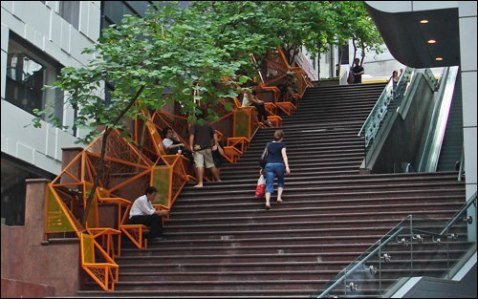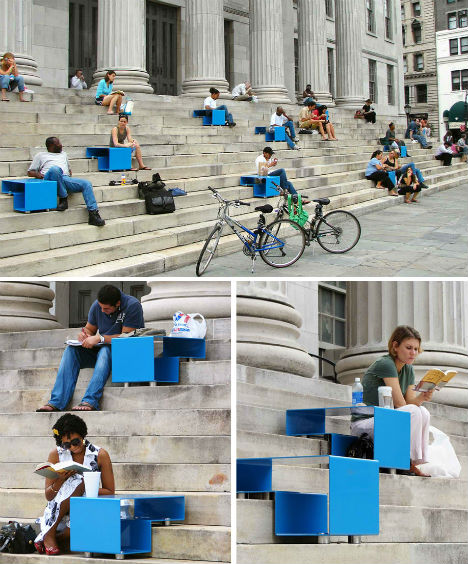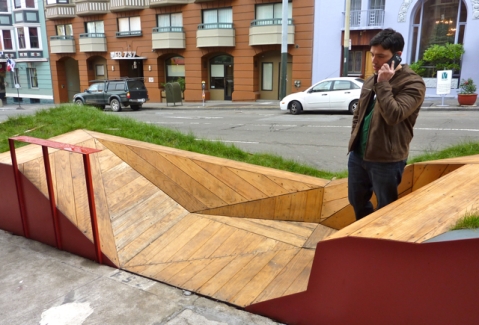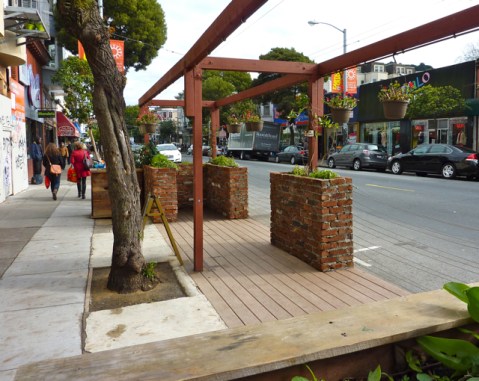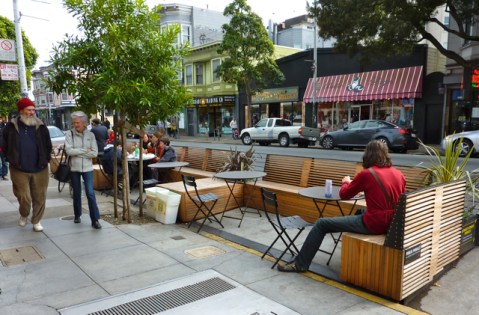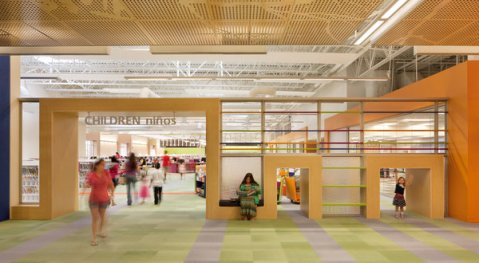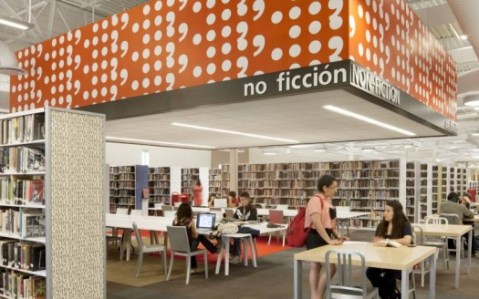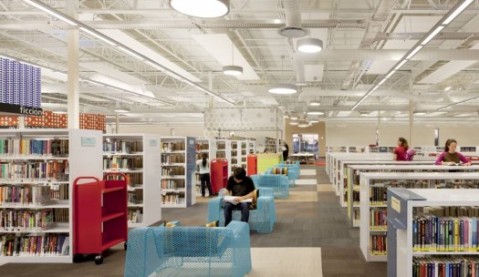The Long Wait
In the nine years since he was diagnosed with multiple sclerosis, filmmaker Jason DaSilva has found it increasingly difficult to traverse his beloved New York City. Using an electric scooter to get around his neighborhood, Mr. DaSilva has run in to many challenges including a lack of access ramps at the entrance of shops and restaurants and a nearby subway station with no elevator. City-provided taxi services for disabled persons have to be scheduled one day ahead of time and are often unreliable. The few public taxis that are wheelchair accessible can make traveling around the city easier, but taxi rides can be cost prohibitive.
In his short film for the New York Times titled “The Long Wait”, Mr. DaSilva demonstrates how arduous navigating the city in a wheelchair can be. As an experiment, Mr. DaSilva decides to time himself and his friend to see how long it takes them both to arrive at his favorite coffee shop (which is frustratingly only one subway stop away from his station nearest to his apartment). His friend Steve rides the train one stop and arrives at the destination in 13 minutes. After reviewing his public transportation options, Mr. DaSilva decides that the quickest route would be to take the East River Ferry from Brooklyn to Manhattan and then transfer to two different buses. He arrives at the coffee shop in one hour and 43 minutes.
After traveling to cities like London, Toronto and San Francisco who have incorporated more accessible design elements like access ramps into buildings and wheelchair accessible trains, Mr. DaSilva says he was surprised that “forward-thinking” New York City lags behind other cities in accommodating their disabled population. “It’s not M.S. that exhausts me,” he says, ” it’s the barriers that prevent me from conducting my daily activities. Public-transportation challenges have turned my playground into a sand pit.”
Mr. DaSilva is working on researching design elements that can contribute to a more accessible city and believes that creating an accessible physical environment for all users is a basic human right. Hoping to contribute awareness of this issue he’s created AXS Map which allows users to provide, rate and explore information on the most accessible places to grab a coffee, get a hair cut, eat sushi, etc in cities throughout the US. “I hope it’s a small contribution to the community I am now a part of,” he says, “and helps make New York a little bit easier for us to live in.”
A Park on the Stairs
While this mini-park would not be accessible to those with disabilities or strollers, it is a creative and important use of space providing seating and refuge amid the density of Hong Kong. The design of this park takes full advantage of the shape of the stairs and in doing so, appears to provide solitary or communal seating options as well as the ability to transform some of the seats in to tables which could be used during coffee and lunch breaks or to play chess with friends or games with children. One of the best elements of this mini-park is the trees which not only provides shade but also a protective canopy to its users.
Hong Kong’s stair park is similar to another imaginative project called Stair Squares. In 2007, artist Mark Reigelman created “squares” that were installed on the front steps of Brooklyn’s Borough Hall, helping to give the staircase a myriad of additional and more comfortable uses and turning it in to a more dynamic public space.
San Francisco’s Public Parklets
“Parklets” are small pocket parks built inside of former street-side parking spaces. The idea behind parklets is that you can take a small amount of space (like one, two, or three parking spaces) and turn it in to something that can be a public amenity.
Parklets are intended to be open to the public and are usually situated in front of a restaurant or market. The design of parklets can vary widely and unfortunately, certain design elements can sometimes give the impression that the parklet is private seating specific to that restaurant or market instead of a space open to the general public. For example, crowded parklets full of bistro tables and high, dense walls can look like cafe seating while parklets with varying seating and standing options (the red parklet below has a tall bar where you can place your elbows or food and beverages) and an open design with high visibility can appear to be more welcoming and meant for anyone to relax in and enjoy.
San Francisco has been a leader in the parklets movement and their Pavement to Parks program works with businesses to build parklets in front of their shops/restaurants. When I was home for the holidays, I visited San Francisco and snapped a few photos of some parklets that seemed to be working well as approachable and accessible public spaces- even on a cold and rainy day.
An Abandoned Walmart Transformed
According to the New York Times, more than 130 former Walmart stores are vacant and available for purchase or lease across the country. With many big box stores and malls closing, we have the opportunity to think of ways to reuse these structures instead of letting them sit abandoned, open to negative activity.
In McAllen, Texas, the city transformed a former Walmart (the size of two and a half football fields) into a contemporary library filled the space with innovative amenities like an art gallery, cafe, used book store, an auditorium, meeting rooms with audiovisual services and electronic classrooms.
The new library is an upgrade from the city’s former library and has drawn a large number of people (about 62,000 people came to the library in July, up from 28,000 visitors this time last year) but some have criticized the library for being outside of the city center and I could not tell from the website if it was accessible by public transportation.
How would you transform a former big box store? What would you do with all that space?!? I’d love to do a workshop with children and hear what kind of imaginative ideas they’d have for a building that size. Water slides? Roller coasters? Skateboarding park? Petting zoo? The possibilities are endless.
Designing Cities and Transit for Seniors
Active Living For All Ages: Creating Neighborhoods Around Transit from Streetfilms on Vimeo.
The AARP Public Policy Institute (AARPPPI) is studying how seniors get from one destination to another. Do they walk, do they ride public transportation, can they travel independently, how far away do they live from their destinations and how long does it take them to get there?
AARPPPI partnered with Streetfilms to highlight work that is being done in Arlington, Virginia to create a more walkable, accessible community where you can spend the entirety of your life. AARPPPI says that when you are “planning for older adults, you’re planning for an entire community.”
Planners and policy makers in Arlington have tried to create residential and commercial development that is oriented around access to public transportation (also knows as Transit Oriented Development) and to incorporate urban design improvements that address issues important to seniors including smooth and connected sidewalks, perceptions of safety at public transit stations and bus stops, and the connectivity of and distances between the residential and commercial neighborhoods.
AARPPPI found that Arlington seniors (75 in older) make 22% of their trips on foot and that their number of trips taken on public transportation was four times higher than seniors living in other suburban communities. They also found that when public transportation wasn’t accessible, seniors didn’t use it. This conclusion may seem obvious, but it is still important to acknowledge and is always helpful to think about when making policy, planning and design decisions that impact our communities.

